
SCHOOL BARRACKS DISCOS CINEMAS THEATERS GYMS
MEETING and PLACES HOSPITAL MEDICAL and DENTAL CLINICS HOTELS
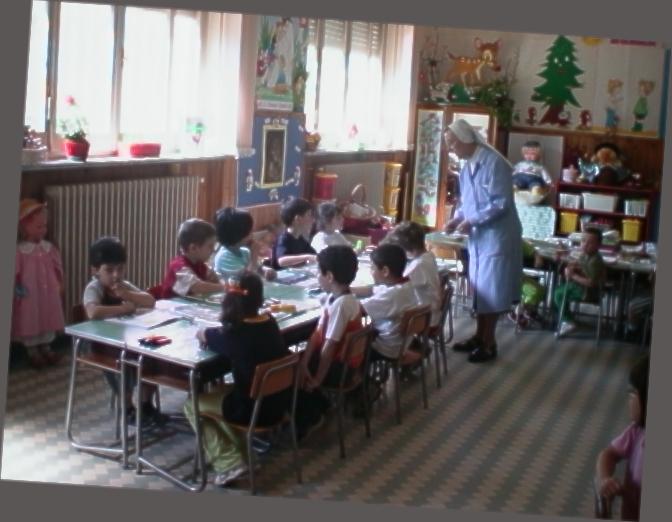 |
SCHOOL
The school is one of the areas most at risk of epidemics. In some periods of some micro-organisms are present in more easily and can be transmitted by people
by aerogena (shots of coughing, sneezing, etc..) or from contaminated surfaces.
The immune systems of children often can not resist the attacks of some influenza viruses or bacterial infections, so it is essential to protect the health of children through careful Hygiene, environment and suitable surfaces with disinfectants high effectiveness and low toxicity. |
 |
BARRACKS AND PRISONS
The health problems of confined places such as barracks, prisons, conference rooms, public offices are characterized by the rapid spread of viral diseases, bacterial and parasitism.
Infectious diseases in penitentiary facilities, have taken a major importance especially for the increase in infections from viral hepatitis, HIV, TB.
Because of the high-risk behavior is necessary to apply strictly the rules of hygiene and preventive health care within them.
Even the barracks are at risk environments: toilets, showers, canteens and all places where there is a greater concentration of people. |
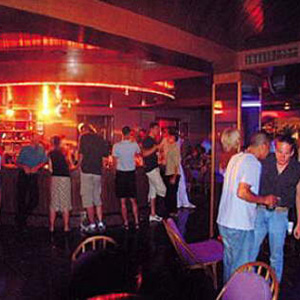 |
|
DISCOS CINEMAS E THEATERS
Discos, cinemas and theaters are confined places where the greater the chance of contracting infectious diseases.
Indeed, humans as animals, is a reservoir of bacteria and viruses is sufficient Starnuto a coup or a cough to spread millions of microorganisms in the environment.E ‘therefore advisable to adopt a series of preventive standards including disinfecting the local environment through disinfectant broad-spectrum biocide, which ensure a healthy environment and it is vital careful cleaning toilets in order to avoid contamination from faecal bacteria.Where there are air conditioning systems, is a good idea to make a regular air filter with appropriate disinfectants to eliminate the risk of Legionella pneumophila.
|
 |
|
GYMS
The gyms require careful hygiene environments and equipment to ensure the health of users. They can accommodate both children (school gyms) and adults (public or private gyms, and physical rehabilitation centers), the possibility of contract infectious diseases is particularly high because of a hygienic point of view, have many points of risk:
– The equipment that come into contact with hands and the sweat of customers
– The gym where they are practiced martial arts Eastern barefoot are particularly subject to transmission of certain diseases such as Athlete’s foot (Epidermophyton mycelium).
– Changing rooms and showers where the high humidity promotes the proliferation and transmission of certain diseases such as fungal diseases, warts but also influenza viruses and other causal agents (viral or bacterial). The promiscuous use of towels or bathrobes can also facilitate the transmission of parasites. |
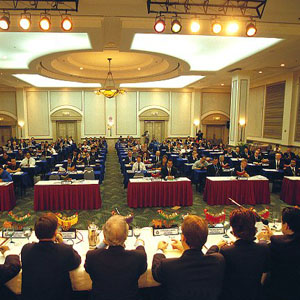 |
MEETING PLACES
The risk indoor air is the “bioaerosol” (fine particles containing biological material); harmful effects may cover both operators users. Tap handles, linens, telephones contaminated can be during the infection. Other areas at risk are the areas of hygiene (toilets, showers and bathrooms, etc.). These environments and their surfaces, if not treated daily with appropriate disinfectants, can create real dangers of infection (eg Meningococcal Infection, TBC, viral hepatitis, SARS, faecal streptococci, Escherichia coli and other types of viruses and bacteria).
There are two procedures recommended:
– For the areas where you can practice a direct intervention through appropriate disinfectants (cabinets, tables and work plans, ginniche equipment, floors, tiles, sanitary, etc.).
– For the areas where you can not engage in direct disinfection (eg carpets, carpeting, upholstery, etc.).
In the first case, the disinfectant should be sprayed directly on areas to be addressed, while in the second disinfectant to be sprayed or aerosol into the environment. |
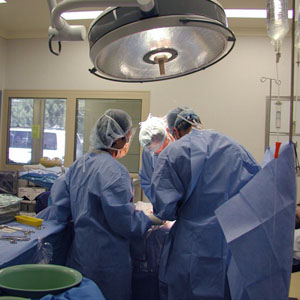 |
HOSPITAL
Hospital infections are a major challenge to public health systems, because they have a high impact on health costs.
The nosocomial infection can be contracted by both health workers and patients during hospitalization or after discharge, with sometimes fatal.
E’indispensabile and necessary action on multiple fronts: to implement measures to prevent and control over the hospital, on ventilation systems and water flows, on personnel and the environment.
The antisepsi hands of health workers is an important, it allows to limit the onset of infection, such as disinfection, autoclaving or cold equipment and surgical exploration.
|
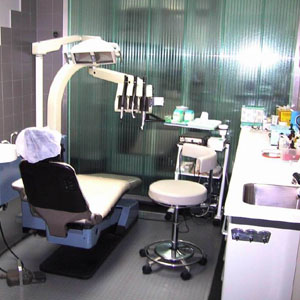 |
MEDICAL and DENTAL CLINICS
Medical and dental clinics may be at risk infectious environments. In particular ‘infection can occur both in contact with tools, equipment and so on., Work plans contaminated with blood, saliva and infected by that aerogena.
E ‘essential therefore proper environmental disinfection and decontamination equipment and surgical instruments with disinfectants and sterilizing chemicals cold certificates. |
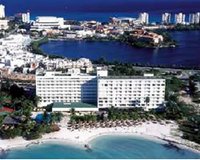 |
HOTELS
Legionellosis is a very serious infection that can have lethal effects, is usually contracted by breathing through inhalation of aerosols containing Legionella.
In the artificial environments can be identified Legionella in water systems of buildings, particularly in large systems with centralized distribution of water heaters such as hotels, hospitals, retirement homes, spas, sports centers, but may also be present in swimming pools , Fountains and even golf courses. |
![]()